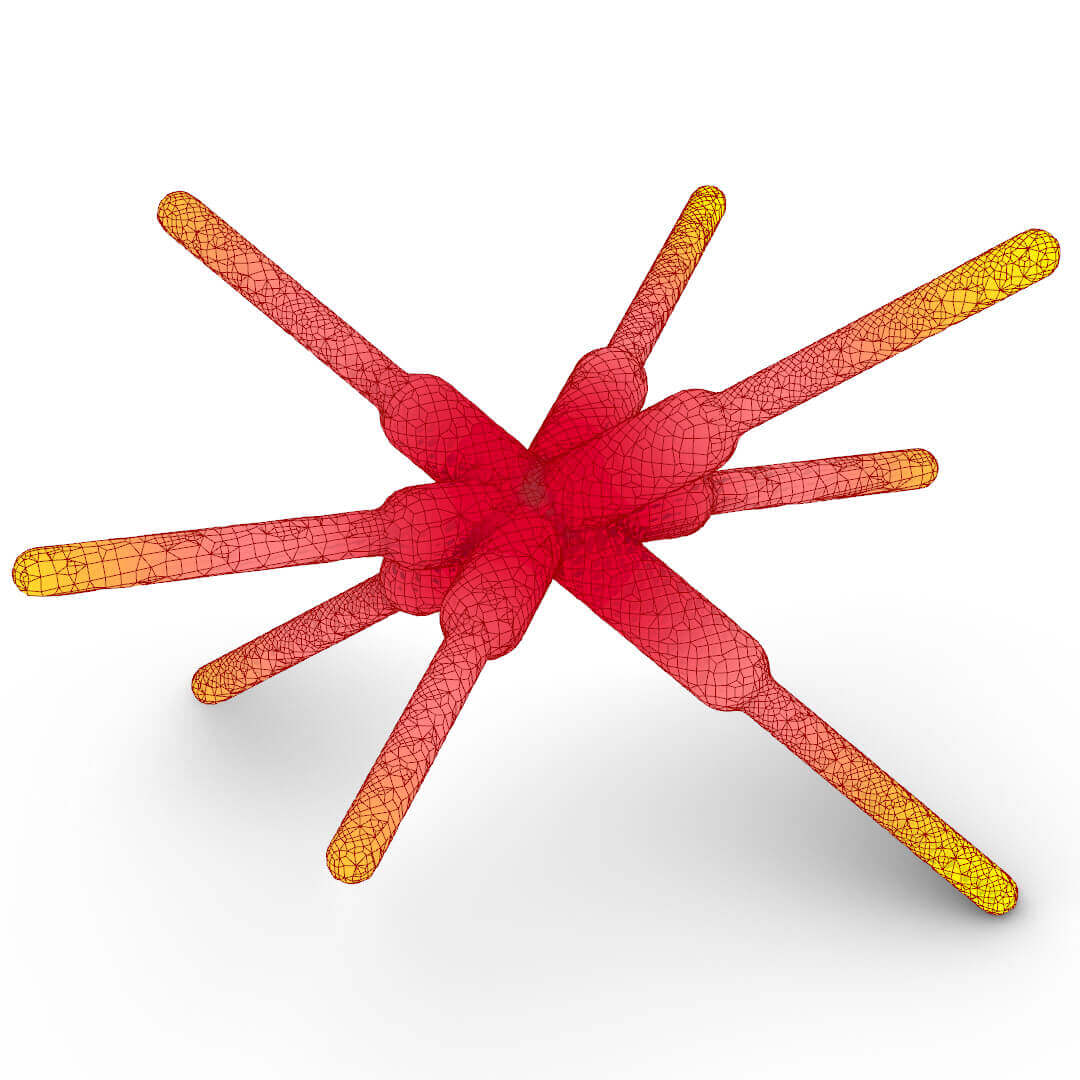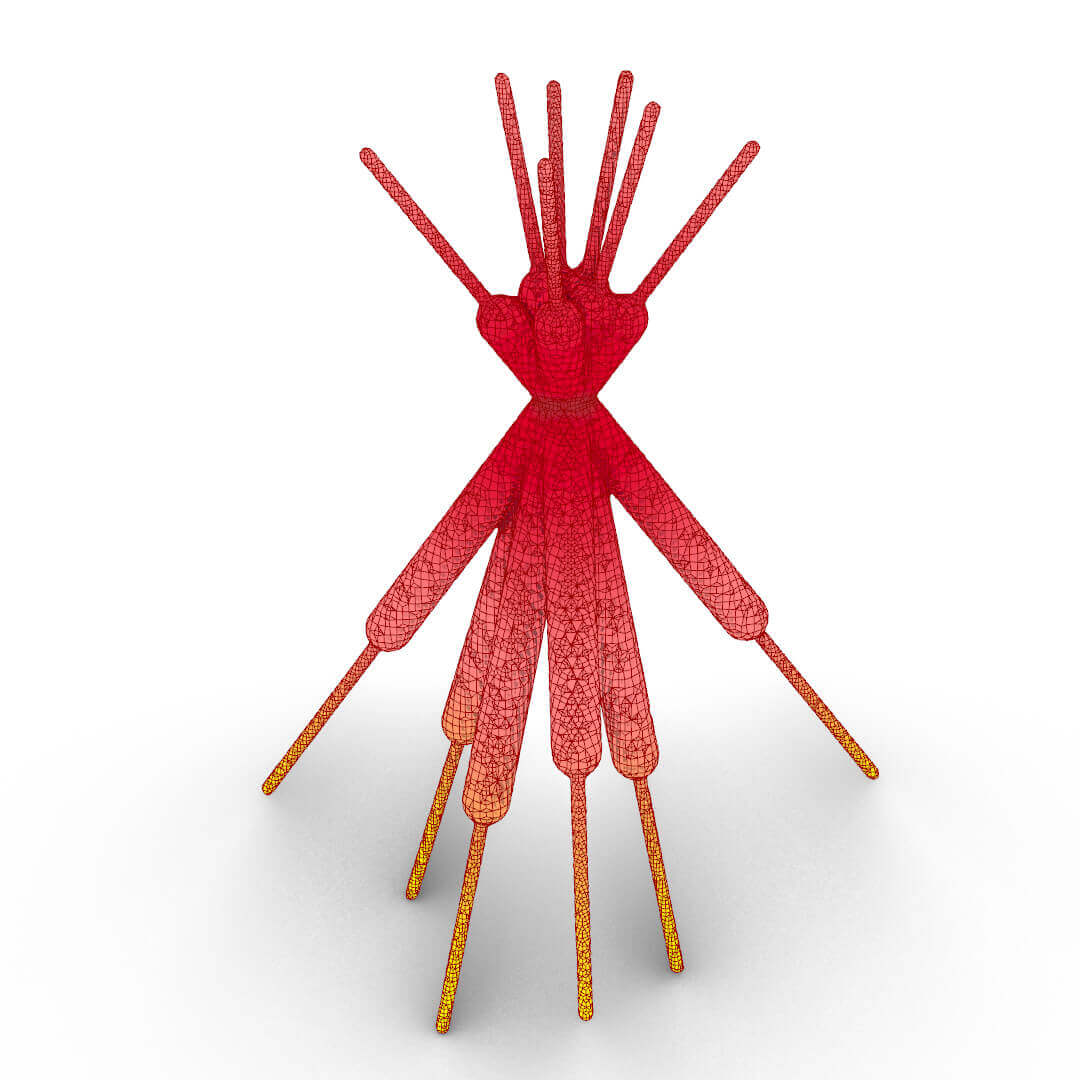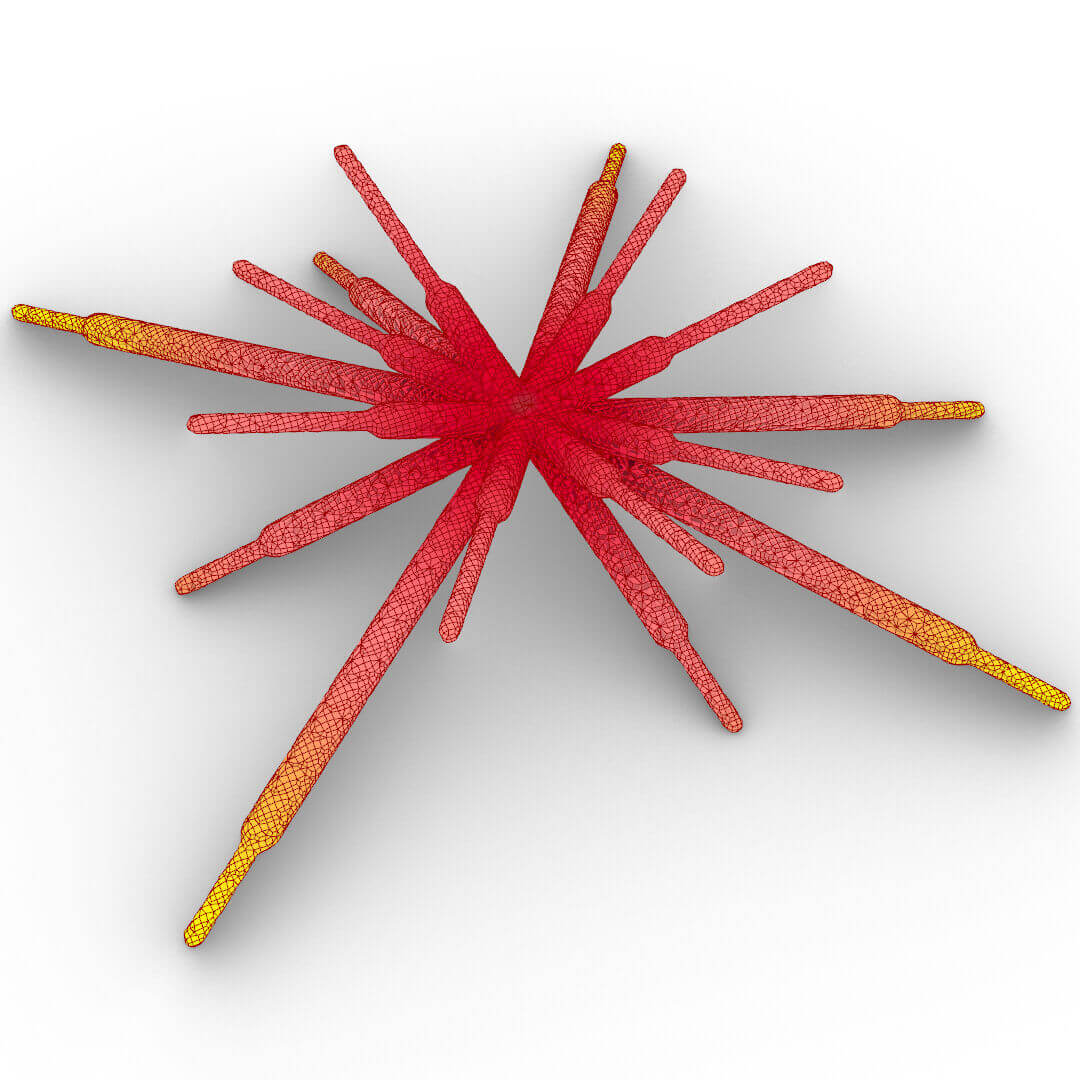Unified Joint
In this grasshopper example file you can create a unified joint from the intersection of a series of curves by using the dendro plugin.
Script By:Amir hossein khazaei




In this grasshopper example file you can create a unified joint from the intersection of a series of curves by using the dendro plugin.
Script By:Amir hossein khazaei





In this Grasshopper Dendro example file, you can use the Trap Field component from the Heteroptera plugin to generate a series of random connecting curves between two faces.
In this Grasshopper tutorial for beginners, you can learn how to model a parametric box ring from scratch without using any plugins.
In this Grasshopper Kangaroo example file you can design a parametric earring using the circle packing technique.
In this Grasshopper example file you can design a parametric Louver facade using the Pufferfish Plugin.
In this Grasshopper example file you can design a parametric building using the native grasshopper components.
In this Grasshopper Dendro tutorial, you can learn how to create a growing mesh by defining a series of spin fields on a NURBS surface using the Heteroptera plugin.
In this Grasshopper Tutorial for beginners you will learn how to use the Sphere collide component to generate evenly distributed holes on a NURBS surface.
In this Grasshopper Kangaroo example file, you can circle pack a mesh using the "TangentIncircles" component.
In this Grasshopper example file, you can utilize the Nautilus plugin to design a parametric Twisted Torus.
In this Grasshopper example file, you can model twisted torus strips and convert them into a spaceframe and panels using the Lunchbox Plugin.
In this Grasshopper example file, you can convert a series of curves into a mesh with a 3d groove pattern using the Nautilus and Weaverbird plugins.
In this Grasshopper tutorial, you will learn how to model a parametric joint on the corners of a box with controllable parameters.
In this Grasshopper example file, you can simulate an optimized path from an origin point/points toward a set of targets. The strategy involves branching at diverging points.
In this Grasshopper example file, you can model a staircase detail drawing from the plan view and easily change the parameters.
In this Grasshopper example file, you can design a parametric facade using four different techniques.
In this Grasshopper contour tutorial, we will learn how to extract a series of solids from a part of a mesh by defining the direction and length with a single line.
In this Grasshopper Millipede tutorial, you can learn how to model a series of smooth connecting columns to a roof and then analyze it using Millipede's Finite Element Analysis.
In this Grasshopper Kangaroo tutorial, you can discover how to simulate the flow of a series of particles on a solid and then convert it into a mesh.
In this Grasshopper tutorial, you can learn how to generate Perlin noise on a surface and convert it into a solid.
In this Grasshopper tutorial, we will learn how to generate a structural grid from a series of grid points.
In this Grasshopper tutorial, we will explore how to create a simple parametric gear and a radial mechanism, and also include an example file for the Iris mechanism.
In this Grasshopper tutorial, we will learn how to create a series of parametric solids using the "Tangent Arcs" component.
In this Grasshopper tutorial, we will model a parametric brick wall on a NURBS surface with a rectangular projection. We can also adjust the thickness of the bricks based on point attractors.

Comments
Claudio
I would like to take advantage of this definition, to apply it to an “organic Point Cloud”, which defines a certain Volumetric Shape. Each _encounter node is obviously different from the other junctions, either in number of elements or incoming angles). I should adapt this definition for each different Node in particular, (one by one) or could I find All the different Solutions that my volume would have?
Help
Greetings (nice work!Congratulations)
rezae
Attachment unified-joints-multiple.zip
Thank you Claudio we are so glad that you liked it.
I’ve attached a sample script from your idea.
I don’t know if that’s relative to your idea or not, please let me know
many thanks,
Cfeldman
Attachment 3DPrinted-Node-02.jpg
Hello !!!
Thanks for the answer, and the Script!
I am studying it…..i need to see with an object if i can resolve each joints
………..
**I would also like to ask, if this is not
also totally applicable to the other Tutorial(s) example :
1) “Digital Joints”, and
2)”3D Printing Connections”
where someone also asked about taking a volume and trying to solve each node ?.
Greetings
Thank you, this site is full of a lot of Interesting Material!
Greetings
Cfeldman
Attachment website-connection-joints.jpg
and these others 2
rezae
Hi Claudio, we are so happy to have you here!
It is totally applicable and practical, we will make those scripts in the future. Thank you for your inspiring ideas.
Best